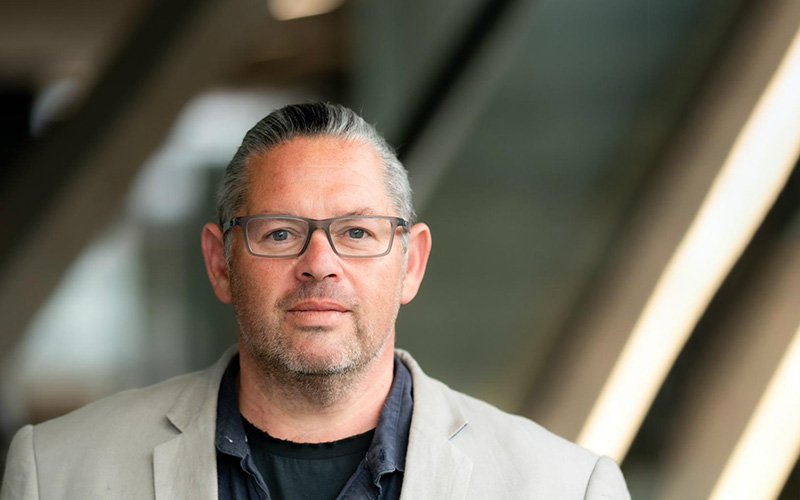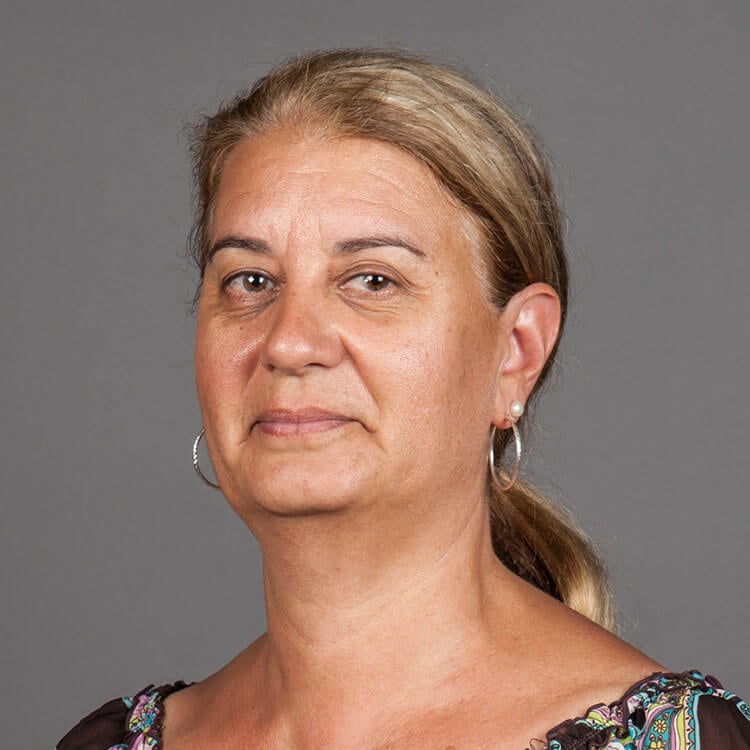Search
Research
Mapping the citation network on vitamin D research in Australia: a data-driven approachVitamin D research can vary geographically, as vitamin D status is influenced by latitude, season, dietary intake, body mass index, ethnicity, and public health initiatives. Over the last two decades, research on vitamin D has increased in Australia, where the potential for sun exposure (a major source of vitamin D) is high. We aimed to identify key topics and gaps in vitamin D research in Australia using a data-driven approach.
Research
Perinatal outcomes of Aboriginal women with mental health disordersMaternal mental disorders have been associated with adverse perinatal outcomes such as low birthweight and preterm birth, although these links have been examined rarely among Australian Aboriginal populations. We aimed to evaluate the association between maternal mental disorders and adverse perinatal outcomes among Aboriginal births.
Research
The perinatal and childhood outcomes of children born to Indigenous women with mental health problems: A scoping reviewMaternal mental health problems are common during the perinatal period and have been associated with several negative outcomes in children. However, few studies have examined the associations between maternal mental health problems and offspring outcomes among Indigenous people, and the findings across these studies have been inconsistent. This scoping review examined the birth and childhood (≤12 years) health and development outcomes of the children of Indigenous women with mental health problems.
Research
The Development and Implementation of a Culturally Safe Survey for Measuring Knowledge, Attitudes and Values around FASD and Alcohol Use During Pregnancy in a Remote Australian Aboriginal Community SettingGlenn Martyn Pearson Symons BA (Education) PhD Candidate B.A. (Hons) PhD. Director of First Nations Strategy and Leadership; Head, First Nations
Research
Climate change, activism, and supporting the mental health of children and young people: Perspectives from Western AustraliaThe climate crisis has detrimental impacts on the mental health and wellbeing of children and young people. Psychological effects include feelings of fear, overwhelm, worry, distress, hopelessness and anger; PTSD; depression; anxiety; phobias; panic disorder; sleep disturbances; attachment disorders; learning difficulties; substance abuse; shock and trauma symptoms; adjustment problems; behavioural problems; and, suicidal thinking.
Research
Predicting Long-Term Survival Without Major Disability for Infants Born PretermApgar score, birth weight, sex, socioeconomic status, and maternal ethnicity, in addition to gestational age, have pronounced impacts on disability-free survival.
Research
The impact of pre-pregnancy body mass index and gestational weight gain on placental abruption risk: a systematic review and meta-analysisMothers that are underweight prior to or in early pregnancy are at a moderately increased risk of placental abruption

News & Events
Australia’s first Indigenous scientist appointed to CSIRO boardThe Kids Research Institute Australia and Australian National University Professor of Indigenous Genomics, Professor Alex Brown, has become the first Indigenous member of the Commonwealth Scientific and Industrial Research Organisation (CSIRO) Board.

Research
Reduced forced vital capacity in Aboriginal Australians: Biology or missing evidence?This editorial article addresses chronic obstructive pulmonary disease and lung function testing in Aboriginal Australians.
